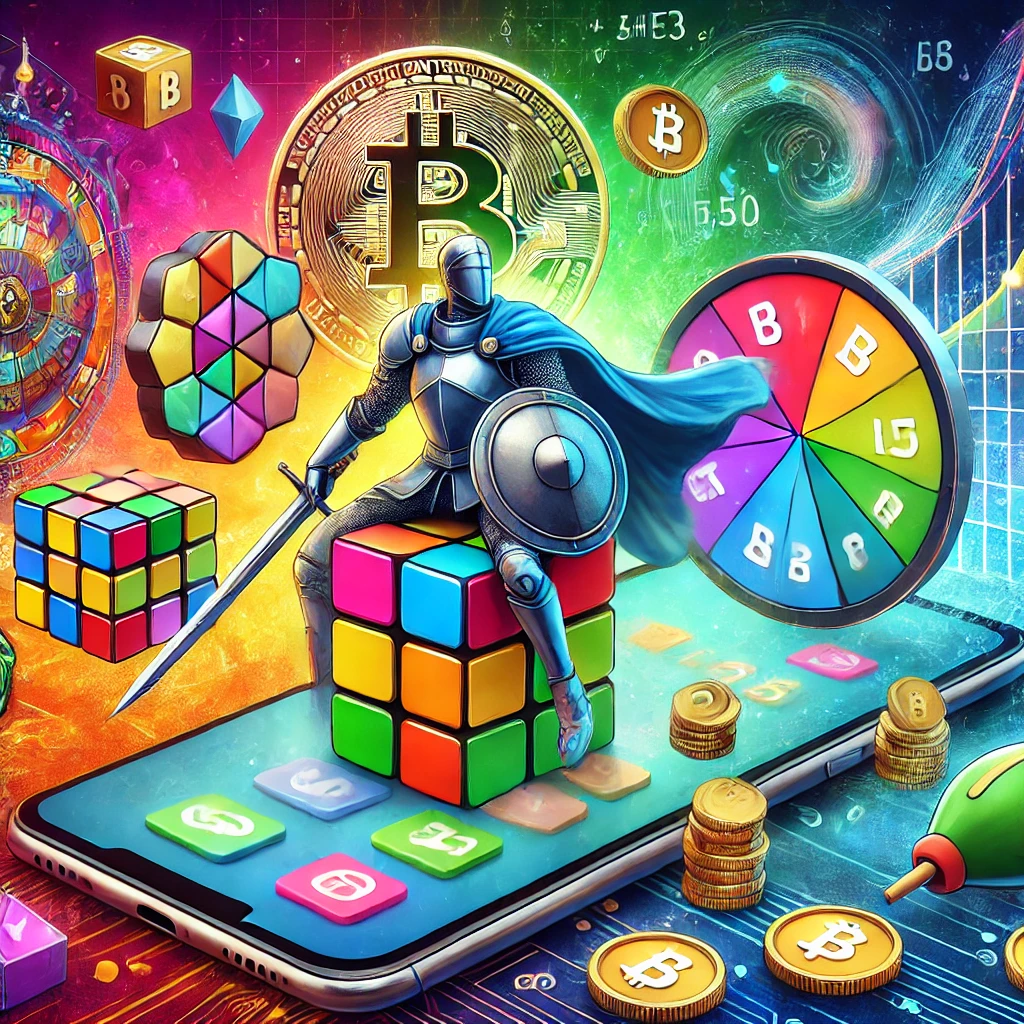Internet of Things IoT Devices Overview
This term refers to the network of all connected devices that communicate with each other via the Internet. This could range from simple machines in an industry to an average refrigerator having a Wi-Fi connection or even a smart device for the house. A good way of gleaning information about the impact of IoT on our lives, then, would be by finding out what is correct among the following statements regarding the Internet of Things IoT devices.
IoT devices collect and share data, so essentially it becomes smarter and more efficient.A smart thermostat learns what you like and automatically switches on to maintain that temperature at a level of your preference.This aspect of being able to connect and communicate sets IoT devices apart, so in a revolutionary sense, it is in itself.
Myths About IoT Devices
Many people have an image of IoT devices. Learning these myths can help clarify which of the following is true of Internet of Things IoT devices.
Myth 1: IoT Devices Are Only for Tech-Savvy People
Most people usually think that IoT devices are only available to the technically savvy individual.
What would come as a surprise to most though, is that most of these IoT devices are quite super user-friendly. Companies design these devices with the average consumer in mind, thus ensuring easy usage.
Myth No. 2: All IoT Devices Are Expensive
However, it is also not true to say that the devices are expensive. Many cost as little as a family member’s wristwatch, while others are more expensive than one could imagine. Not only do smart light bulbs and inexpensive “dumb” smart plugs fall well within the vast majority of consumers’ budgets, but these smart speakers can be more expensive than an iPhone. Thus, knowing which of the following is true of Internet of Things IoT devices involves learning about their cost ranges, too.
Myth 3: IoT Devices Compromise Security
Many believe that with IoT products they are vulnerable to hacking. While there are indeed security issues, most manufacturers take them seriously. Several attempts at safeguarding user data are designed and implemented within these devices. Of the following, which of the following is true of Internet of Things IoT devices when it comes to security?

Key Characteristics of Real-world IoT Devices
Not all networked devices are classified as IoT devices. Here are some defining characteristics that constitute actual IoT devices:
Connectivity
Actual IoT devices must connect to the internet or other devices. Connectivity allows them to gather and share data. Knowing which of the following is true of Internet of Things IoT devices requires an understanding of their need for connectivity.
Automation
Another very important feature is automation. IoT devices can work by themselves; they don’t have to be commanded by a user. For example, a smart irrigation system can water your garden automatically based on the weather showing automation at work.
Data Collection and Analysis
Real IoT devices collect data and interpret it. That data supports the device in its improvements. For example, your fitness tracker collects data about the level of your daily activity to inform you of health recommendations. Knowing which of the following is true of Internet of Things IoT devices means recognizing their data-based nature.

Real-world Applications of IoT Devices
IoT devices have plenty of applications in different fields. Here are a few examples of their uses:
Smart Homes
The most common application is for smart homes. For instance, smart thermostats, lights, and security cameras bring the highest feeling of comfort and security. Homeowners can control their surroundings regardless of where they are. This is an apt example of which of the following is true of Internet of Things IoT devices.
Healthcare
This is critical in health sectors, and today, IoT devices play a central role. It monitors the vital signs of patients and lets healthcare providers know when emergencies arise. This real-time data collection will improve patient outcomes, an example of which of the following is true of Internet of Things IoT devices.
Agriculture
IoT devices have also been integrated into farms to monitor crop conditions and take smart resource allocations. Sensors can be used to measure the moisture content in soil, hence, effectively utilizing water usage by the farmer. This application exhibits the effects that could occur to agriculture due to the installation of IoT, and which of the following is true of Internet of Things IoT devices.
Transportation
IoT devices also enhance transport. For example, smart traffic lights change in respect to traffic currents whereby they reduce congestion as well as fleet management where the systems use IoT to monitor vehicle conditions and optimize routes. These are some of the examples showing how IoT devices enhance efficiency in the department of transportation by meeting which of the following is true of Internet of Things IoT devices.

Security and Privacy Issues with IoT Devices
Though the advantages that IoT devices bring along with them, several issues of security and privacy also accompany these.To understand which of the following is true of Internet of Things IoT devices, the issues are first identified below.
Data Vulnerability
Data Vulnerability One of the significant concerns is data vulnerability. IoT devices collect personal information, and there is a threat of hacking. Cyber Hackers can exploit weaknesses in the devices or network to lead to data breaches. In this regard, the users need to know the security features of the devices to overcome this concern.
Privacy Issues
Another issue is privacy. Most IoT data are collected constantly by devices, raising suspicion over unauthorized tracking of users’ activities. Users should know the data that are being collected and the purposes for which they are being used. Knowing which of the following is true of Internet of Things IoT devices involves acknowledging the role of privacy settings.
Manufacturer Responsibility
Manufacturers have a responsibility to secure IoT devices. The manufacturers should work on regular updates to eliminate vulnerabilities and they should inform the users of the best practices. Knowing which of the following is true of Internet of Things IoT devices includes an understanding of shared responsibility between users and manufacturers.
Future Trends in IoT Technology
The future of IoT technology is bright and packed with plenty of possibilities. Here are some trends to watch:
Increased Connectivity
In general, as 5G networks roll out, the connections of IoT devices are going to be better. That is to say speedier data transmissions and more reliable connections. The understanding of which of the following is true of Internet of Things IoT devices implies an acceptance of the role that enhanced connectivity would play in their future.
Integration with AI
Another trend is one in which AI is coming together with IoT devices. And AI can make better decisions by analyzing data collected by IoT devices. Thus, for example, a smart home system can learn user preferences and automate the settings in response. This integration represents how which of the following is true of Internet of Things IoT devices can evolve?
Focus on Sustainability
The emphasis on sustainability is taking shape. IoT devices can conserve energy and improve the utilization of resources. For example, smart meters can follow up on energy consumption and offer ways of saving. This further indicates a growing consciousness of environmental issues that are in line with one of the following, which of the following is true of Internet of Things IoT devices.
Improved Security Measures
Manufacturers will be stressing more about increasing the measures of security as the level of security concern increases. This will encompass encryption and authentication methods, which will increase the protection of data for the user. It is important to understand which of the following is true of Internet of Things IoT devices and the significance of these new securities.
Conclusion
The analysis of which of the following is true of Internet of Things IoT devices leads one to realize that the state is complex and rapidly evolving. As such, IoT devices have changed how we live, work, and interact with technology since their procurement necessitates the knowledge of their characteristics, applications, and concerns.
As technology advances rapidly in today’s world, there must be awareness of trends and challenges in the IoT space for building a better understanding and forecast. Keeping users updated regarding the trends and challenges of IoT space would enable them to work their way around the world of IoT efficiently so that they can benefit from the positive side of this tremendous era of digitization.
FAQ Section
Q1: What are IoT devices?
A1: IoT devices are interconnected devices communicating with each other over the internet and collecting and sharing data for functionality enhancement.
Q2: Are IoT devices secure?
A2: No, though most manufacturers emphasize security, the user needs to find out what security any device offers for them to avoid potential risks.
Q3: Can IoT be cheap?
A3: For sure, with numerous IoT devices at almost all price ranges, IoT is certainly accessible to just about everyone.
Q4: How do IoT devices enhance everyday life?
A4: IoT devices enhance the convenience and efficiency of everyday tasks, including the management of smart homes, resource maximization in agriculture, etc.
Q5: What is the future of IoT technology?
A5: It will be more connected and integrated with AI on top, with much focus being placed on sustainability. More so, the future of IoT technology seems to include adding more factors of security into it as well.










